 W
WThe Arizona myotis is a vesper bat species inhabiting much of the southwestern United States and central Mexico as far south as the Distrito Federal.
 W
WThe Halmahera naked-backed fruit bat is a common and widespread species of megabat in the family Pteropodidae. It is endemic to Indonesia. It is assessed as least-concern by the IUCN as it has a wide range and seems to have no significant threats.
 W
WThe black-headed night monkey is a night monkey species from South America. It is found in Bolivia, Brazil and Peru. The A. nigriceps in Peru were notably inhabiting areas that were degraded, and often these areas were disturbed either by human activities or natural occurrences in the ecosystem.
 W
WThe Bougainville monkey-faced bat is a megabat endemic to Bougainville Island of Papua New Guinea and Choiseul Island of the Solomon Islands in Melanesia. It inhabits mature forests in upland areas, within the Autonomous Region of Bougainville and Bougouriba Province.
 W
WCanut's horseshoe bat is a species of bat in the family Rhinolophidae. It is endemic to Indonesia.
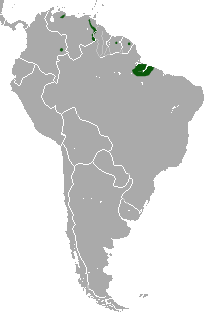 W
WEmilia's gracile opossum is an opossum species from South America. It is found in Brazil, Colombia, French Guiana, Surinam.
 W
WThe gray bat is a species of microbat endemic to North America. The creature once flourished in caves all over the southeastern United States, but due to human disturbance, gray bat populations declined severely during the early and mid portion of the 20th century. 95% of gray bats now only roost in 11 caves. M. grisescens has been listed as federally endangered by the U.S. Fish and Wildlife Service since 1976, and is protected under the Endangered Species Act. Gray bat populations were estimated at approximately 2 million bats around the time they were placed on the Endangered Species list. By the early 1980s populations of gray bats dropped to 1.6 million. With conservation efforts in place, in 2004, gray bat populations were estimated to have reached 3.4 million.
 W
WHildegarde's tomb bat is a species of sac-winged bat in the family Emballonuridae. It is found near the coast in Kenya and Tanzania where it feeds in tropical dry forests and roosts in caves. It is a diurnal species and the International Union for Conservation of Nature has assessed its conservation status as being endangered. The specific name hildegardeae was given in honour of anthropologist Hildegarde Beatrice Hinde.
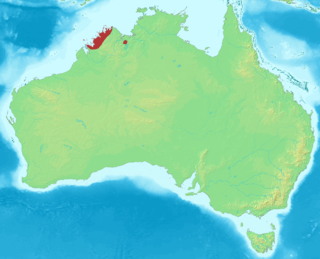 W
WThe Kimberley rock rat is a species of rodent in the family Muridae. It is found only in Australia. It is specifically found in northern tropical part of the northern territory and adjacent Kimberley division of west Australia in high altitude closed forest. Biologist predicted that Zyzomys woodwardi speciated from Zyzomys argurus around 8000 years ago due to a large flood that increased the wetness of the environment. In response to the wetter environment Zyzomys woodwardi had a better Darwinian fitness and outcompeted Zyzomys argurus due to new selective pressures and over time the two species were separated by large vine thickets and sandstone barriers.
 W
WThe long-tailed dunnart (Sminthopsis longicaudata) is an Australian dunnart that, like the little long-tailed dunnart, has a tail longer than its body. It is also one of the larger dunnarts at a length from snout to tail of 260–306 mm of which head to anus is 80–96 mm and tail 180–210 mm long. Hind foot size is 18 mm, ear length of 21 mm and with a weight of 15-20 g.
 W
WLoring's rat is a species of rodent in the family Muridae. It is found in Kenya and Tanzania. Its natural habitats are subtropical or tropical dry forests, dry savanna, and subtropical or tropical dry shrubland.
 W
WThe Makira roundleaf bat is a species of bat in the family Hipposideridae endemic to the Solomon Islands.
 W
WThe New Britain naked-backed fruit bat is a species of megabat in the family Pteropodidae. It is endemic to New Britain island in northern Papua New Guinea.
 W
WThe North Sulawesi babirusa is a pig-like animal native to Sulawesi and some nearby islands in Indonesia. It has two pairs of large tusks composed of enlarged canine teeth. The upper canines penetrate the top of the snout, curving back toward the forehead. The North Sulawesi babirusa is threatened from hunting and deforestation.
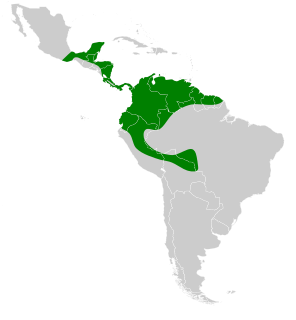 W
WThe northern little yellow-eared bat is a bat species from South and Central America, where it is found from southern Mexico to Bolivia, the Guianas and western Brazil.
 W
WThe Pemba flying fox is a species of flying fox in the family Pteropodidae. It is endemic to the island of Pemba on the coast of Tanzania.
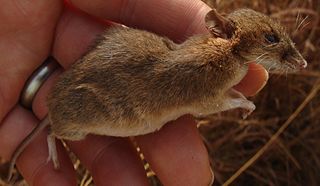 W
WRudd's mouse or the white-bellied brush-furred rat is the only member of the genus Uranomys. This animal is closely related to the spiny mice, brush-furred mice, and the link rat.
 W
WThe Santa Marta white-fronted capuchin is a species of gracile capuchin monkey from Colombia. It was formerly considered a subspecies of the Cebus albifrons or a synonym of the Colombian white-faced capuchin, but Mittermeier and Rylands elevated it to a species in 2013, following previous work by Rylands, Hershkovitz, Cooper and Hernandez-Camacho. The IUCN follows this taxonomy.
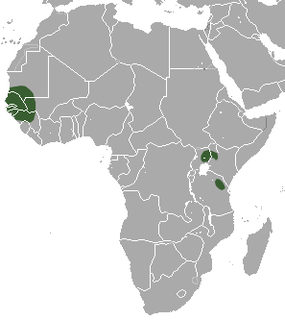 W
WThe savanna dwarf shrew is a species of mammal in the family Soricidae. It is found in Guinea, Kenya, Mauritania, Senegal, Tanzania, and Uganda. Its natural habitats are dry savanna and moist savanna.
 W
WThe shrew gymnure, or shrew hedgehog, is a species of mammal in the family Erinaceidae and is the only species in the genus Neotetracus. It is found in China, Myanmar, and Vietnam.
 W
WThe Solomon's naked-backed fruit bat is a species of megabat in the family Pteropodidae. It is endemic to the Solomon Islands.
 W
WThe Sulawesi naked-backed fruit bat is a species of megabat in the family Pteropodidae. It is endemic to Indonesia.
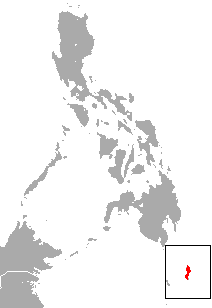 W
WThe Talaud flying fox or Talaud fruit bat is a species of bat in the family Pteropodidae. It is endemic to the islands of Salebabu and Karekaleng in the Talaud Archipelago of Indonesia. Its natural habitat is subtropical or tropical swamps.
 W
WVampyriscus nymphaea is a species of bat in the family Phyllostomidae, the leaf-nosed bats. It is known commonly as the striped yellow-eared bat. It is native to Central and South America, where it occurs in Colombia, Costa Rica, Ecuador, Nicaragua, Panama, and Honduras.
 W
WThe western lowland olingo is a species of olingo from Central and South America, where it is known from Panama and from Colombia and Ecuador west of the Andes.
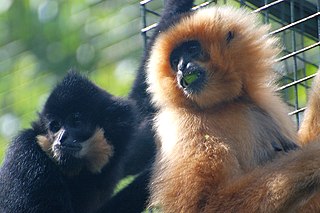 W
WThe yellow-cheeked gibbon, also called the golden-cheeked gibbon, yellow-cheeked crested gibbon, the golden-cheeked crested gibbon, red-cheeked gibbon, or the buffed-cheeked gibbon, is a species of gibbon native to Vietnam, Laos, and Cambodia.. The species was discovered and named after the British naturalist Gabrielle Maud Vassal.